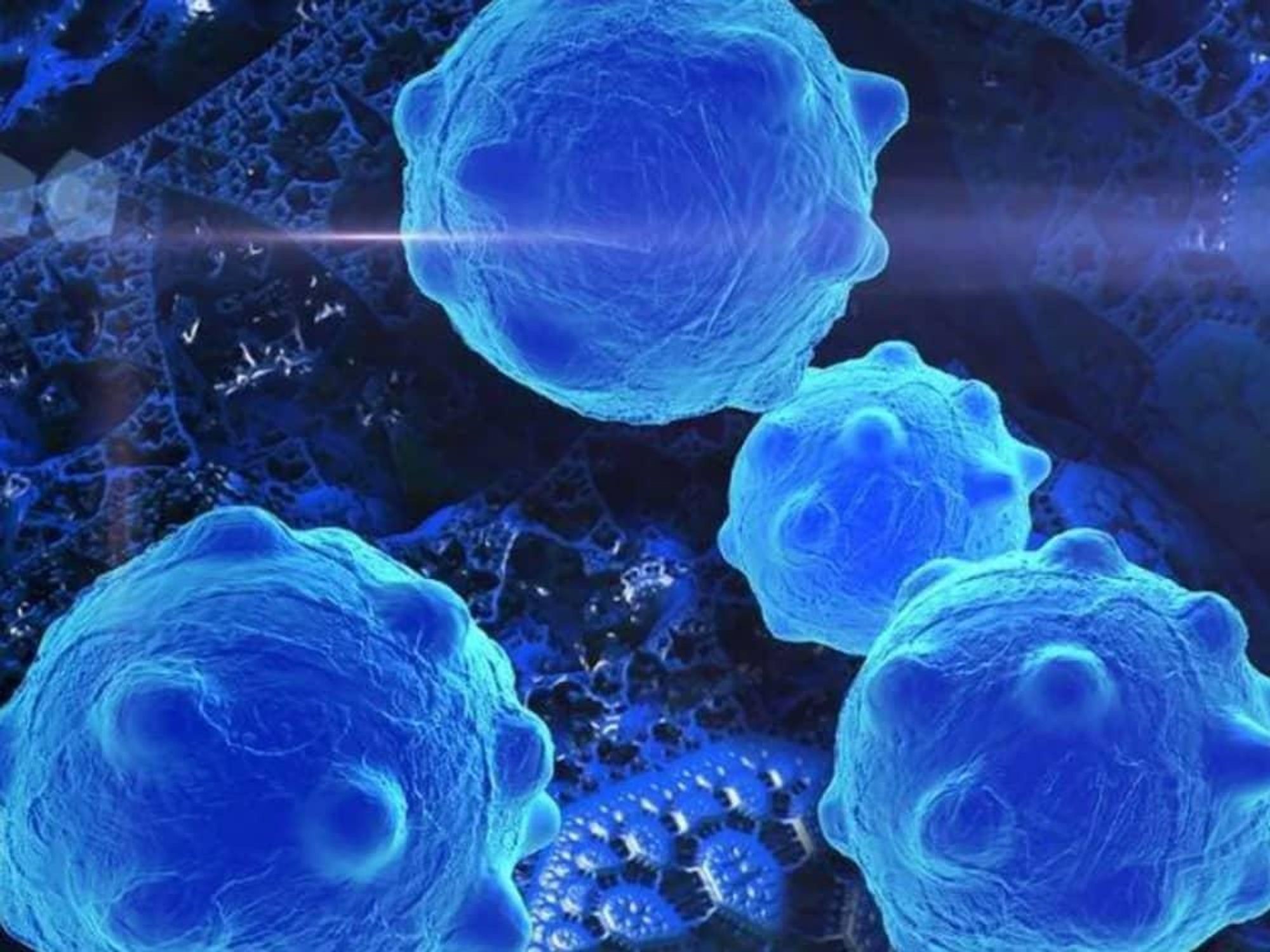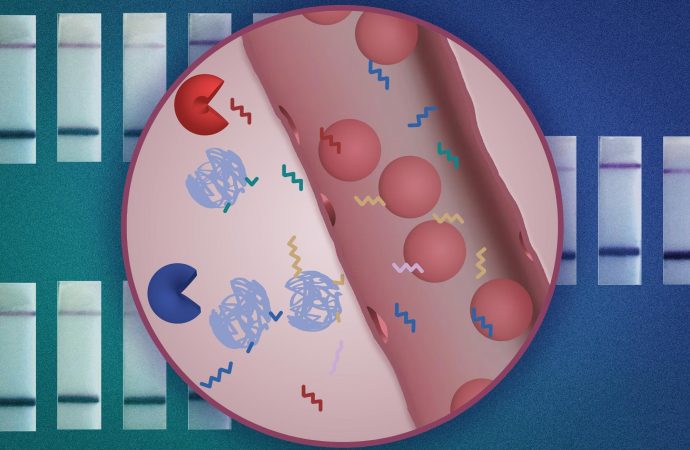Cancer remains one of the most formidable challenges in modern medicine. Despite significant advancements in treatment and technology, the disease continues to claim millions of lives worldwide. One of the most effective strategies in mitigating the impact of cancer is early detection. Early detection not only improves the prognosis for patients but also significantly reduces
Cancer remains one of the most formidable challenges in modern medicine. Despite significant advancements in treatment and technology, the disease continues to claim millions of lives worldwide. One of the most effective strategies in mitigating the impact of cancer is early detection. Early detection not only improves the prognosis for patients but also significantly reduces the overall burden on healthcare systems. This article delves into the critical importance of early detection in cancer prevention, elucidating its benefits, methods, and the role of public awareness.
Benefits of Early Detection
Early detection of cancer can dramatically improve patient outcomes. When cancer is identified at an initial stage, it is typically more localized and has not yet metastasized to other parts of the body. This localization often allows for less aggressive treatment options, which can be more effective and less debilitating for the patient. For instance, the five-year survival rate for breast cancer detected at stage 1 is nearly 100%, whereas it drops significantly for later stages.
Furthermore, early detection often leads to less expensive treatment. Advanced cancer treatments, which may include extensive surgery, chemotherapy, and radiation, can be financially draining for both patients and healthcare systems. By identifying cancer early, the need for these intensive treatments can be minimized, resulting in substantial cost savings.
Methods of Early Detection
Several methods have proven effective in the early detection of various types of cancer. These methods range from routine screenings to advanced imaging technologies and genetic testing.
- Routine Screenings: Routine screenings are a cornerstone of early cancer detection. Mammograms for breast cancer, Pap smears for cervical cancer, and colonoscopies for colorectal cancer are examples of screenings that have been instrumental in catching cancers early. These tests are typically recommended based on age, gender, and risk factors, and they have been shown to reduce mortality rates significantly.
- Imaging Technologies: Advances in imaging technologies have also played a crucial role in early detection. Techniques such as low-dose computed tomography (LDCT) for lung cancer and magnetic resonance imaging (MRI) for breast cancer in high-risk individuals have improved the ability to detect tumors at an earlier, more treatable stage.
- Genetic Testing: Genetic testing has emerged as a powerful tool in early cancer detection, particularly for individuals with a family history of certain cancers. Tests for BRCA1 and BRCA2 mutations, for example, can identify individuals at a higher risk for breast and ovarian cancers, allowing for proactive measures such as increased surveillance or preventive surgeries.

Picture by: Yandex.com
Role of Public Awareness
Public awareness is pivotal in the fight against cancer. Educating the public about the importance of early detection and the availability of screening programs can lead to higher participation rates and earlier diagnoses. Campaigns that inform people about the symptoms of various cancers, the recommended screening schedules, and the benefits of early detection can save lives.
Healthcare providers also play a critical role in raising awareness. Physicians and nurses are often the first point of contact for patients and can provide valuable information and encouragement regarding regular screenings and early detection practices. Additionally, public health initiatives and partnerships with non-profit organizations can amplify these messages, reaching a broader audience.
Challenges and Future Directions
Despite the clear benefits of early detection, several challenges remain. Access to screening and diagnostic services can be limited, particularly in low-income and rural areas. Socioeconomic barriers, lack of insurance coverage, and cultural stigmas can also deter individuals from seeking early detection services.
Addressing these challenges requires a multifaceted approach. Policy changes to improve healthcare access, insurance reforms to cover preventive services, and targeted outreach programs to underserved communities are essential steps. Moreover, continued research into new biomarkers and detection technologies holds promise for even earlier and more accurate diagnoses.
Conclusion
The importance of early detection in cancer prevention cannot be overstated. It is a critical component in improving survival rates, reducing treatment costs, and ultimately saving lives. By leveraging routine screenings, advanced imaging technologies, and genetic testing, and by enhancing public awareness and access to these services, we can make significant strides in the battle against cancer. As healthcare professionals, policymakers, and communities, we must continue to prioritize and invest in early detection strategies to achieve a future where cancer is detected early and treated effectively.
















